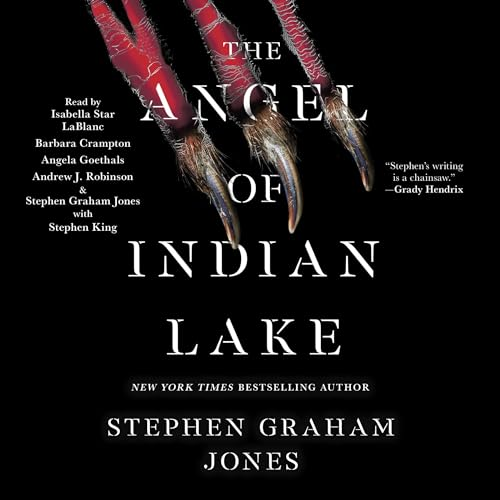Step back in time to the year 1835, a time when scientific exploration was in its infancy, and the human imagination was ripe for captivating tales. In this article, we delve into the fascinating story of the Great Moon Hoax, an audacious journalistic fabrication that astounded readers and left them questioning the very boundaries of reality. Prepare to be transported to a time when the line between fact and fiction became delightfully blurred.
—
In the bustling city of New York,
the pages of the renowned newspaper, The New York Sun, were filled with an incredible revelation that would captivate the masses. The publication claimed to have obtained exclusive reports from the esteemed British astronomer, Sir John Herschel, detailing astounding discoveries made during his observations of the Moon.
The Moon Hoax, as it came to be known, unfolded in a series of articles that painted a vivid picture of a lunar landscape teeming with life. The New York Sun wove a tale of moon-dwelling creatures, lush vegetation, and even humanoid bat-like beings that inhabited Earth’s celestial neighbor. The level of detail and scientific terminology used in the articles lent an air of credibility that sucked readers into a world of wonder.
As word spread, the public became increasingly enthralled by the prospect of extraterrestrial beings and a thriving lunar civilization. The articles sparked a frenzy of discussion and debate, fueling the collective imagination and igniting a desire for further exploration of the unknown.
Week after week, readers eagerly devoured the sensational accounts, eagerly awaiting the next installment of this cosmic saga. The New York Sun’s circulation soared as people clamored to get their hands on each new revelation, and the Moon Hoax became a cultural phenomenon.
However, as the fervor reached its peak, doubts began to emerge. Skeptics questioned the veracity of the claims, calling into question the feasibility of life on the Moon. Finally, after weeks of speculation, The New York Sun made an astonishing admission: the Moon Hoax was a work of pure fiction.
The revelation shocked and disappointed many who had been swept away by the allure of the Moon’s secrets. It was an unprecedented example of how a newspaper had successfully fooled the masses, blurring the line between fact and fiction in a way that had never been seen before.
Thank you for visiting with us. For more Literature related content, visit our blog at The Ritual.
The Great Moon Hoax of 1835 left an indelible mark on history, serving as a reminder of the power of storytelling and the eagerness of the human spirit to believe in the extraordinary. It also prompted important discussions about journalistic ethics and the responsibility of the press to verify information before presenting it as fact.
Join us as we delve deeper into this extraordinary tale, exploring its impact on the public’s perception of the Moon, journalism, and the enduring fascination with the unknown. Let us unravel the intricacies of this audacious hoax and examine its lasting legacy in the annals of history.
The “Great Moon Hoax” or the “Great Moon Hoax of 1835″Background
The “Great Moon Hoax” or the “Great Moon Hoax of 1835” refers to a sequence of six articles that were published in The Sun, a New York-based newspaper. These articles, which began circulating from August 25, 1835, claimed the alleged discovery of life and civilization on the moon. The discoveries were wrongly credited to Sir John Herschel, a renowned astronomer of that era, and his imaginary associate Andrew Grant. It’s important to note that these claims were entirely false.
The tale was initially promoted on August 21, 1835, as a forthcoming piece supposedly republished from The Edinburgh Courant. The first of six installments hit the stands four days later on August 25. Despite never being officially retracted, The Sun confessed on September 16, 1835, that the articles were actually made up.
Thank you for visiting with us. For more Literature related content, visit our blog at The Ritual.






Leave a Reply